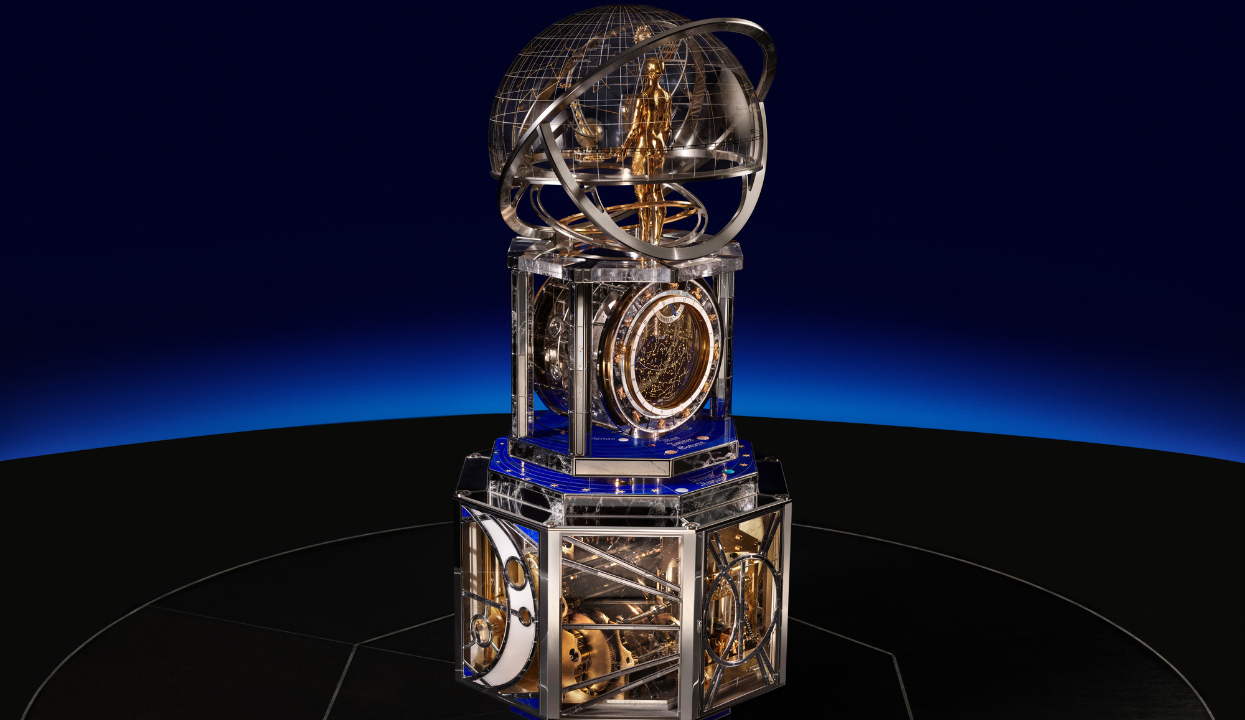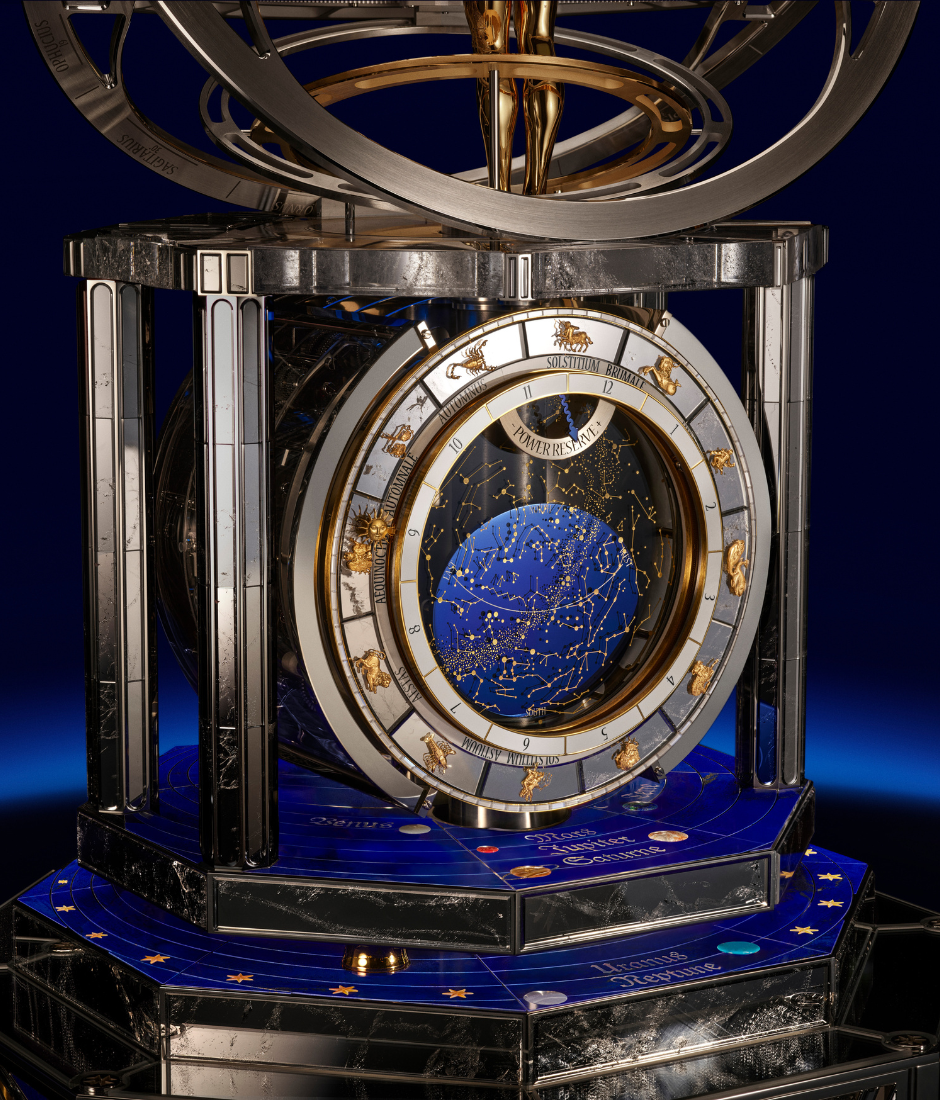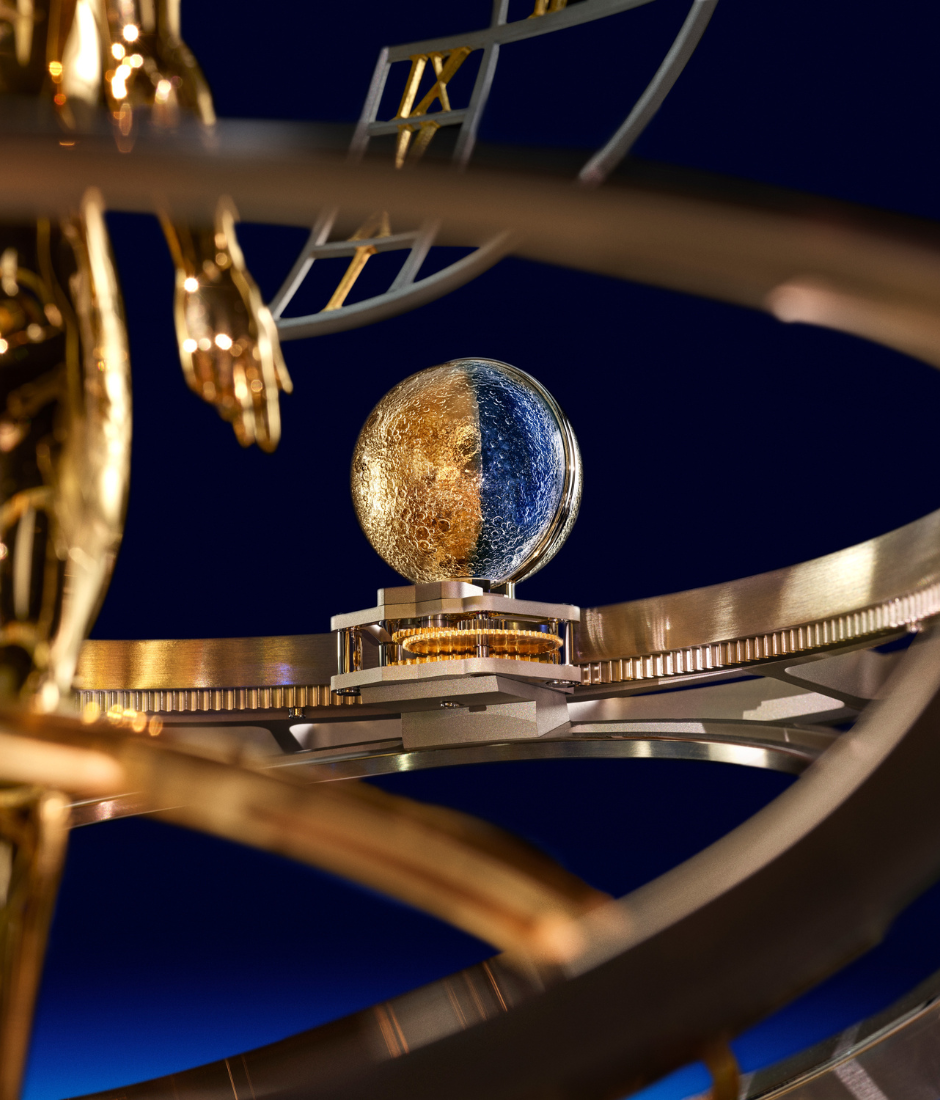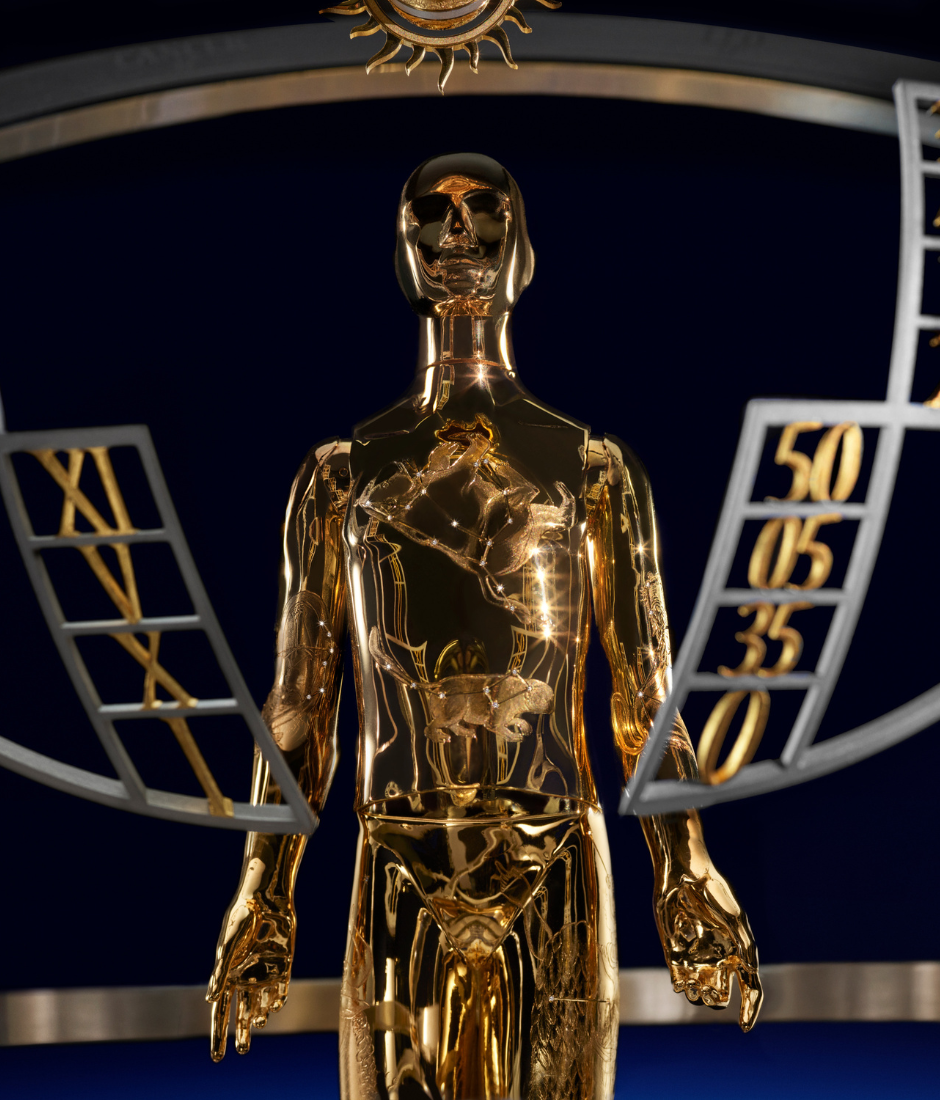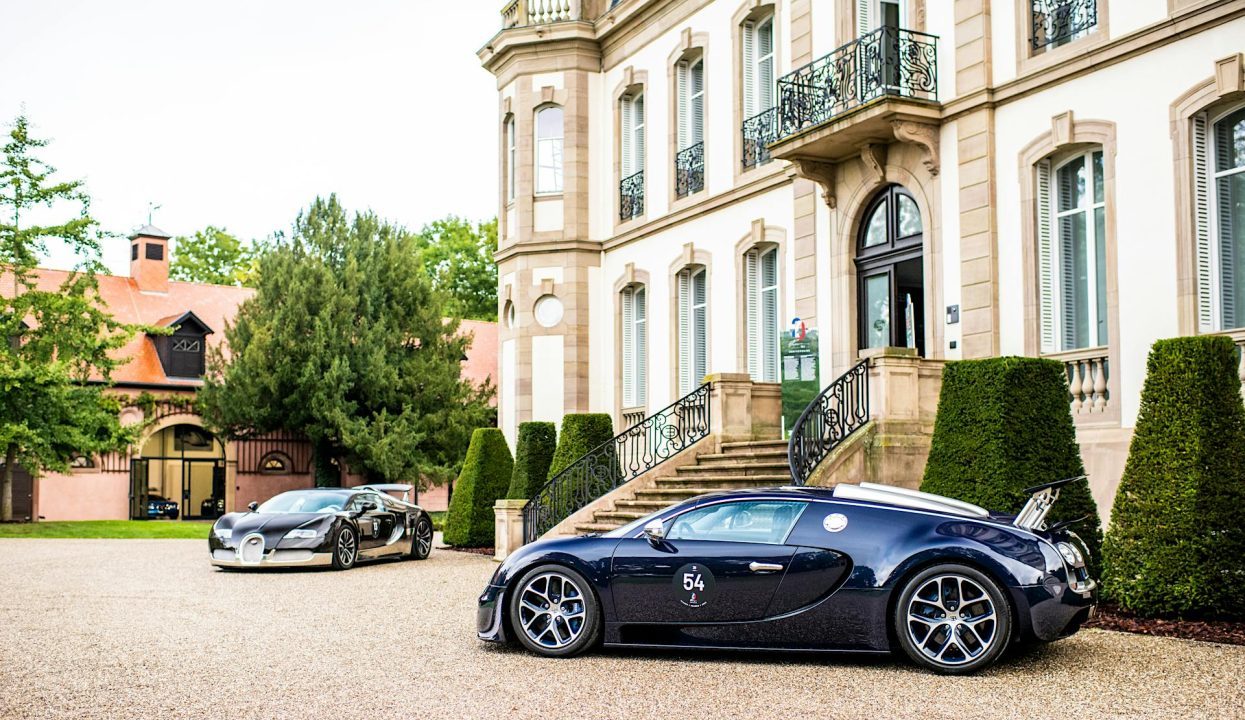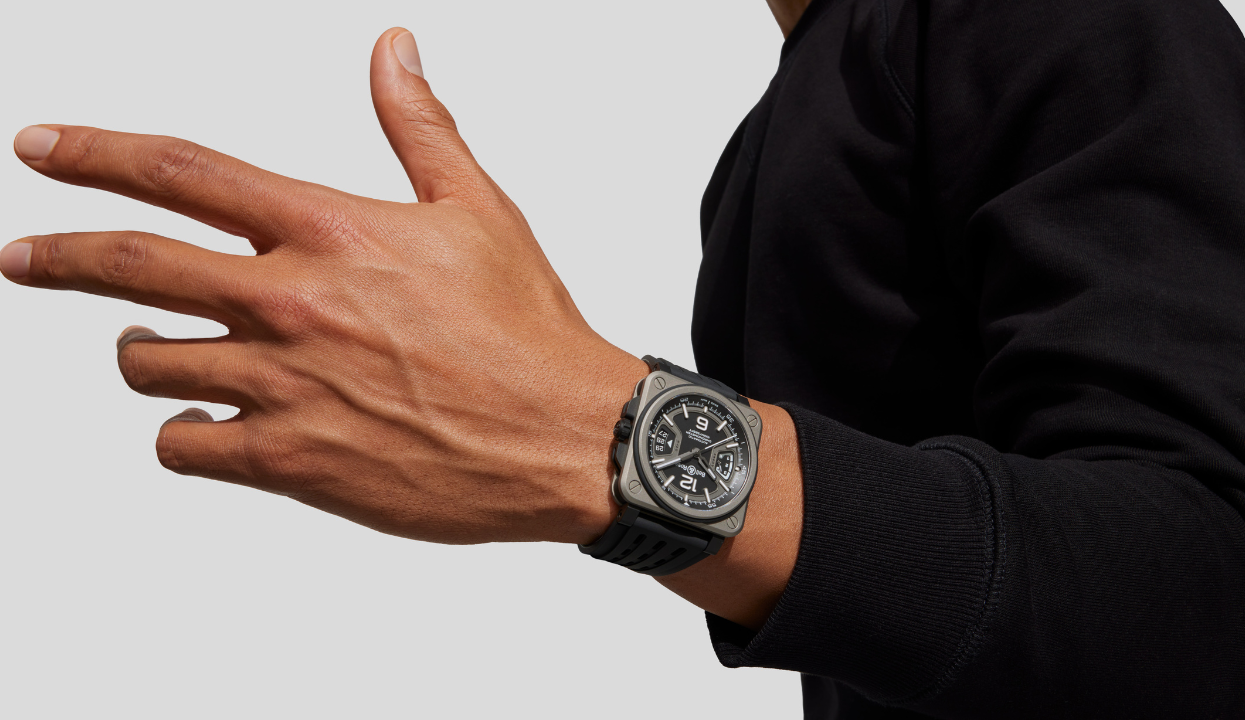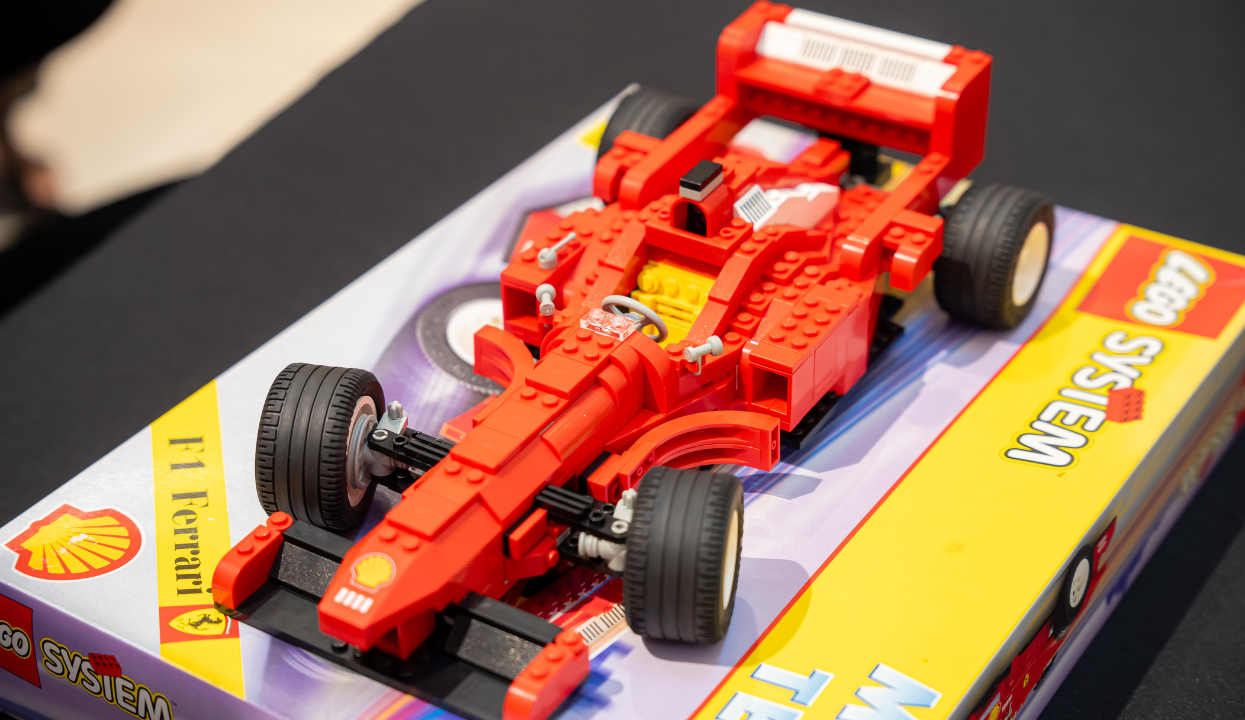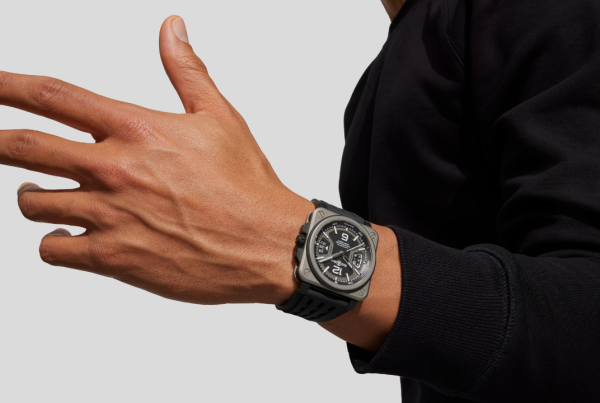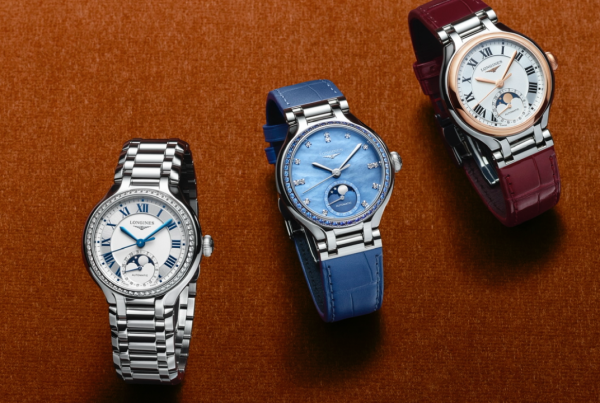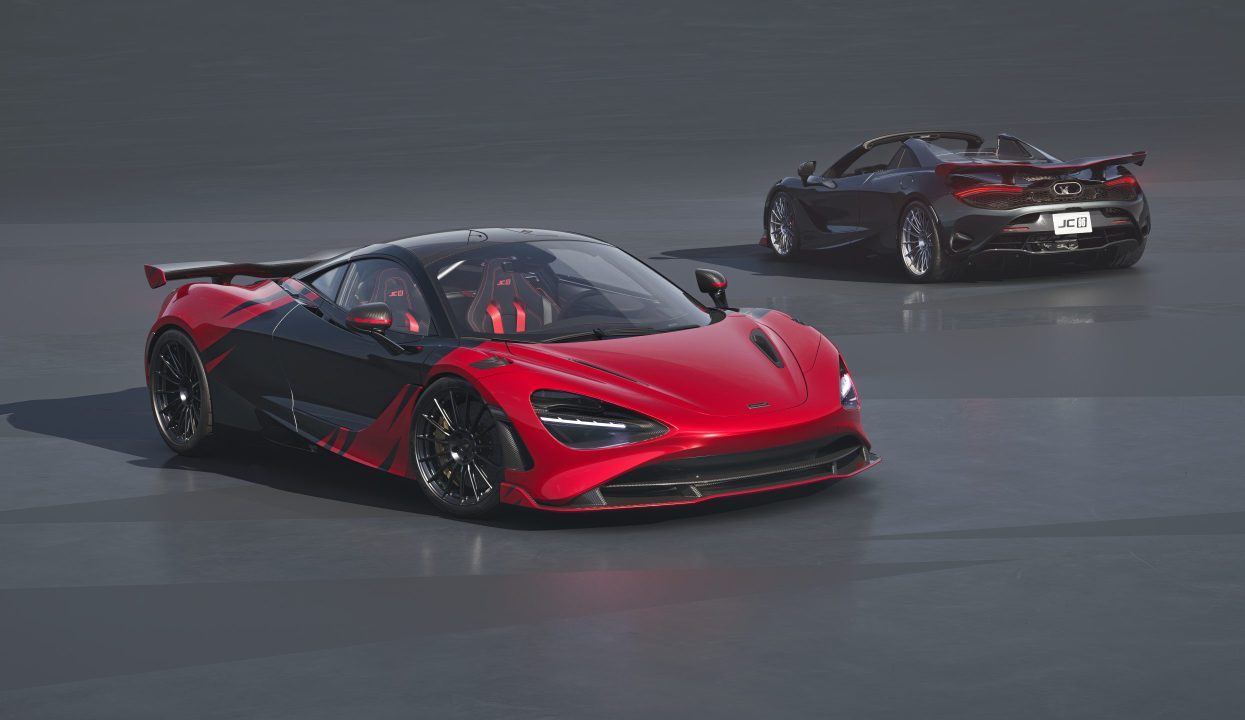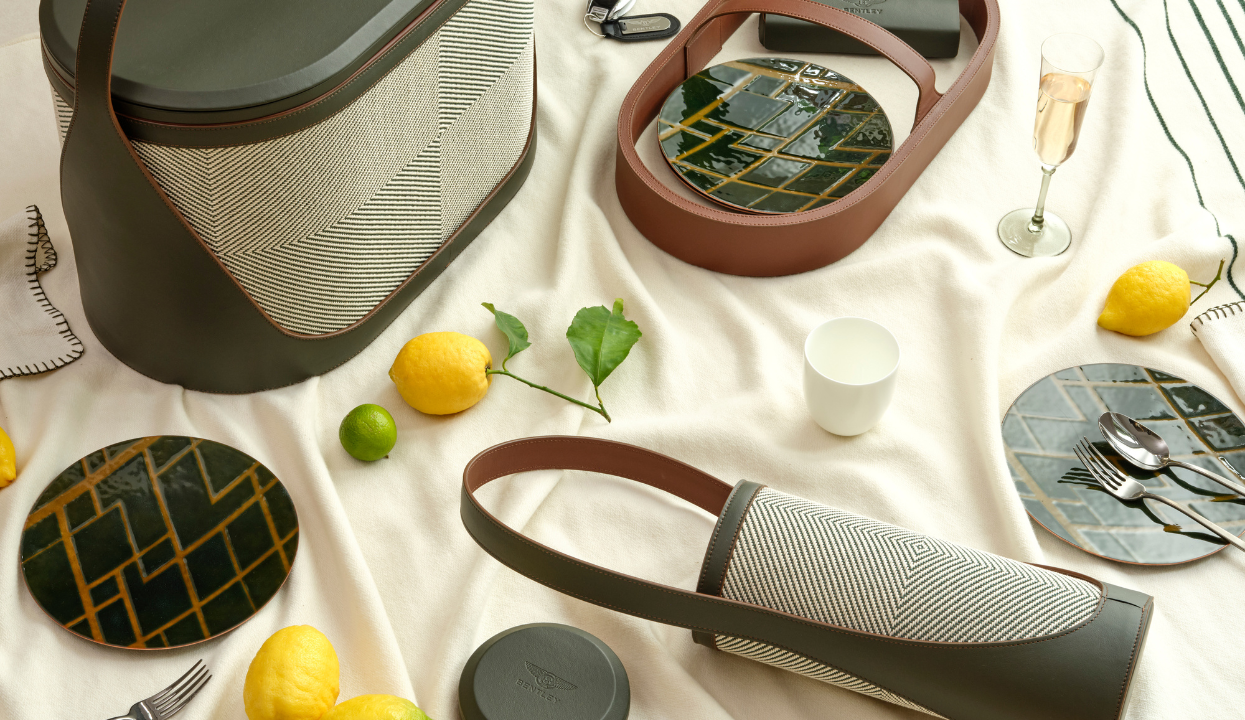Vacheron Constantin has marked its 270th anniversary with the unveiling of “La Quête du Temps” (The Quest of Time), an astronomical clock and automaton that stands as an unprecedented work of mechanical artistry. This monumental creation is a profound synthesis of horological expertise, decorative craftsmanship, and the ingenuity of automatons.
Unprecedented Complexity and Innovation in La Quête du Temps

The La Quête du Temps clock required a staggering seven years of development. It incorporates 6,293 mechanical components, with 2,370 dedicated to the core clock mechanism, the Calibre 9270. This movement integrates 23 watchmaking complications, pushing the boundaries of high horology. The scope of technical innovation is underscored by the 15 patent applications filed for the creation.
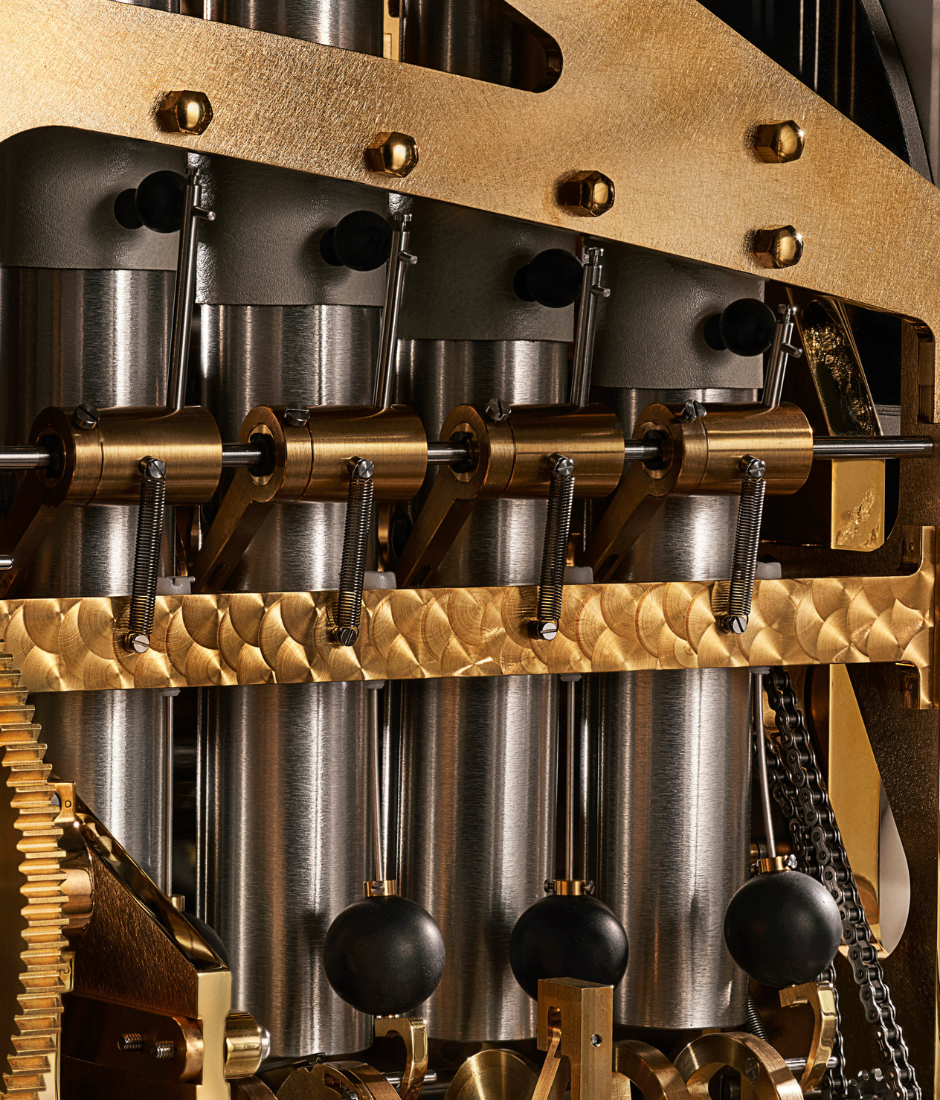
A central element is the Astronomer automaton, which Vacheron Constantin has elevated into a true functioning horological complication. The automation executes 144 gestures in its choreography, driven by 158 cams, serving to indicate the time. The figure is accompanied by specially composed melodies, and its complex, naturalistic movements were a key focus of the eight automaton-specific patents filed.
Collaboration and Artistic Mastery
The creation of the clock was a vast collaborative undertaking, uniting master watchmakers, artisans, designers, engineers and an automatier. Vacheron Constantin partnered with renowned automatier François Junod and worked with astronomers from the Geneva Observatory to ensure the scientific accuracy of the celestial narrative.
The clock is a breathtaking showcase of Métier d’Art. Its structure features extensive use of rock crystal for lightness and transparency. Exquisite decorative details include 100 baguette-cut diamonds (approximately 11.6 carats) on the dial, a base embellished with detailed hard-stone and mother-of-pearl marquetry depicting the solar system, and a towering glass dome featuring intricate miniature painting on glass that illustrates the constellations as seen from Geneva on the Maison’s founding day in 1755.
Cultural Legacy: The Louvre Exhibition
The La Quête du Temps represents a significant milestone in Vacheron Constantin’s partnership with the Louvre. It is set to be unveiled as the centrepiece of the “Mécaniques d’Art” exhibition at the Louvre Museum in Paris, running from September 17 to November 12, 2025. The exhibition will solidify the clock’s place not only in horological history but also within the broader narrative of human ingenuity and artistic expression.

